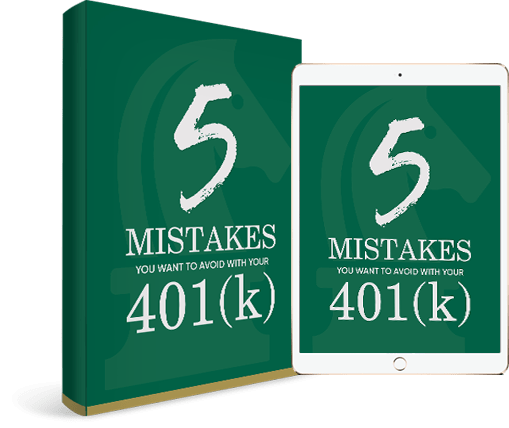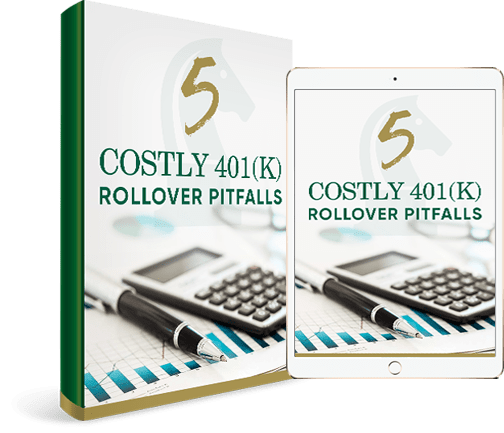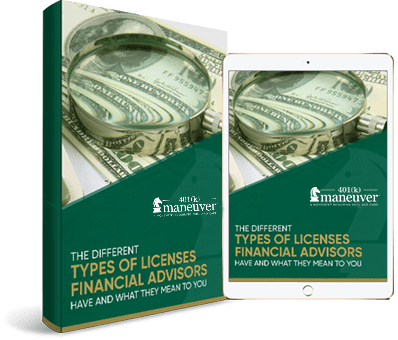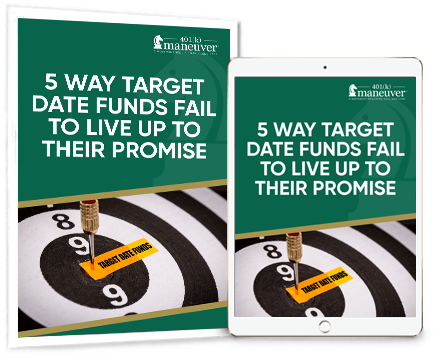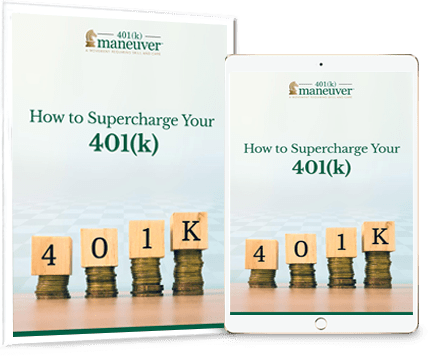
Traditional 401(k)s Vs Roth 401(k)s: Which One Is Right for Me?
Planning for retirement may include choosing between traditional and Roth 401(k) plans.
Unless you are a financial advisor or have spent a significant amount of time reading up on both, it may be difficult to understand the difference between a traditional 401(k) and a Roth 401(k).
Not to worry. We’ve got you covered. Read on to learn the difference between traditional and Roth 401(k) plans and discover why a Roth 401(k) may be a good fit for your retirement needs.
What’s the Difference between a Traditional 401(k) and the Roth 401(k) Provision?
The Traditional 401(k)

The benefit of a traditional 401(k) is the tax deferral. In short, this means that when you defer money from your paycheck, it goes into your 401(k) on a pre-tax basis.
This means that you’re not actually paying taxes now on the money that goes into the 401(k) and it grows tax deferred. Then, when you pull the money out, that is when you pay the taxes.
The basic idea is that you’ll pay taxes in retirement when you’re utilizing the money, and possibly at a lower tax rate.
When you take distributions in retirement, you’ll be paying taxes on not only what you originally contributed but also on what the employer contributed in the form of a match or profit sharing.
And you’ll pay taxes according to ordinary income tax rates on all the growth of the money over the years.
The Roth 401(k)

Essentially, the Roth 401(k) is a provision inside the traditional 401(k).
The key difference is that the Roth provision allows you to contribute after-tax money to your 401(k).
In other words, you go ahead and pay some taxes now to put the money in your 401(k). It grows tax-free, and, when it comes time to take money out, you don’t pay taxes on it.
Remember that when individual retirement accounts were invented years ago, one of the selling points was the tax deduction.
Well, the same is true with the traditional 401(k).
You’re not paying taxes on a traditional 401(k) today, but you may be creating what might be a tax time bomb down the road.
Even though the reason for contributing to a 401(k) plan versus other retirement vehicles is often the tax break you get upfront, paying a tax on the contributions today with a Roth 401(k), where all the growth is tax-free in the future, may likely be worth it come retirement.
Hear What Founder and CEO of 401(k) Maneuver, Mark Sorensen, has to say about Traditional Vs Roth 401(k)s. Watch the video below.
What Is a Roth 401(k)?

A Roth 401(k) is an employer-sponsored investment savings account that is funded with after-tax dollars.
The Roth 401(k) hasn’t been around too long – it came into effect on January 1, 2006.¹
According to the U.S. Bureau of Labor Statistics, “The plan, commonly referred to as a ‘Roth 401(k)’, is a hybrid that combines features of Roth IRA and traditional 401(k) plans but differs in important aspects. […] Employees who already have a regular 401(k) plan can participate in a Roth 401(k) if the employer offers it.”²
Similar to traditional 401(k) plans, a Roth 401(k) is also subject to contribution limits, but the limits are higher than the $6,000 annual limit for a Roth IRA.
What Are the Rules of a Roth 401(k)?

Both traditional and Roth 401(k) plans have contribution limits based on age.
For 2021, the Roth 401(k) contribution limit is $19,500 per year.
However, individuals 50 and older can give a catch-up contribution of up to $6,500 per year.
As far as withdrawals from the Roth 401(k), these are not taxed as long as they meet qualified distribution criteria, which include having the plan for at least 5 years or because of disability or death, or reaching the age of 59 ½.
The Roth 401(k) plan also requires you to take distributions starting at 72 years of age.
Finally, only the amount you contribute to the Roth 401(k) goes in after-tax. If you have an employee match, this matched money is treated like a traditional 401(k) and goes in pre-tax.
The U.S. Bureau of Labor Statistics explains, “If an employer provides a matching contribution to a Roth 401(k), two accounts are set up for each participant. The first contains the employee’s after-tax contributions that will be distributed tax free. The second account contains the employer’s before-tax contributions and any investment growth; these funds are taxable when distributed.”³
Note – If your employer offers a Roth 401(k) provision, you can enroll in both the traditional 401(k) plan and take advantage of the Roth provision.
What Are the Benefits of a Roth 401(K)?

From an investor’s point of view, a Roth 401(k) is beneficial because individuals don’t have to worry about paying taxes in the future as long as they have the account for 5 years.
Moreover, the money you contribute after-tax is allowed to grow tax-free.
Who Is a Roth 401(k) Right For?

According to Mark Sorensen, Founder and CEO of Royal Fund Management and 401(k) Maneuver, “I believe everyone who has the opportunity should take advantage of the Roth 401(k) provision to enjoy tax-free money in the future. With that being said, the Roth 401(k) is particularly appealing to younger employees–especially those who expect to be in a higher tax bracket later in life.”
These individuals can potentially pay significantly less on their taxed contributions today than they will if they have to pay taxes in a higher tax bracket during their retirement years.
Let’s say you’re a Google employee, and you got stock at a dollar. As we all know, the price of Google’s shares has gone way up.
Would you rather that money be tax-free today and have to pay taxes based on its future worth?
Or is it wiser to pay some taxes on it today and let the rest of the contribution grow tax-free?
If you are closer to retirement age, it may also be wise to consider a Roth 401(k), especially if your company matches contributions.
Remember, whatever you’re deferring is after-tax, but what your employer matches is pre-tax.
It may be wise to pay a little bit of tax today, while the employer match is pre-taxed, in order to have the growth of the money tax-free later in life.
What Steps Should You Take Now?

If you are interested in a Roth 401(k), speak to HR or your plan provider to find out if your company sponsors this type of savings plan.
Unfortunately, many companies still do not offer this plan option. If your company does offer it, consider your future tax rate.
Don’t forget – it doesn’t have to be one or the other. You can participate in both a traditional and Roth 401(k) plan.
Want to maximize your 401(k) and keep more of your hard-earned money? Check out our no-cost guide 5 Mistakes You Want to Avoid with Your 401(k) .
SOURCES
- https://www.bls.gov/opub/mlr/cwc/another-retirement-savings-option-roth-401k-plan.pdf
- https://www.bls.gov/opub/mlr/cwc/another-retirement-savings-option-roth-401k-plan.pdf
- https://www.bls.gov/opub/mlr/cwc/another-retirement-savings-option-roth-401k-plan.pdf




